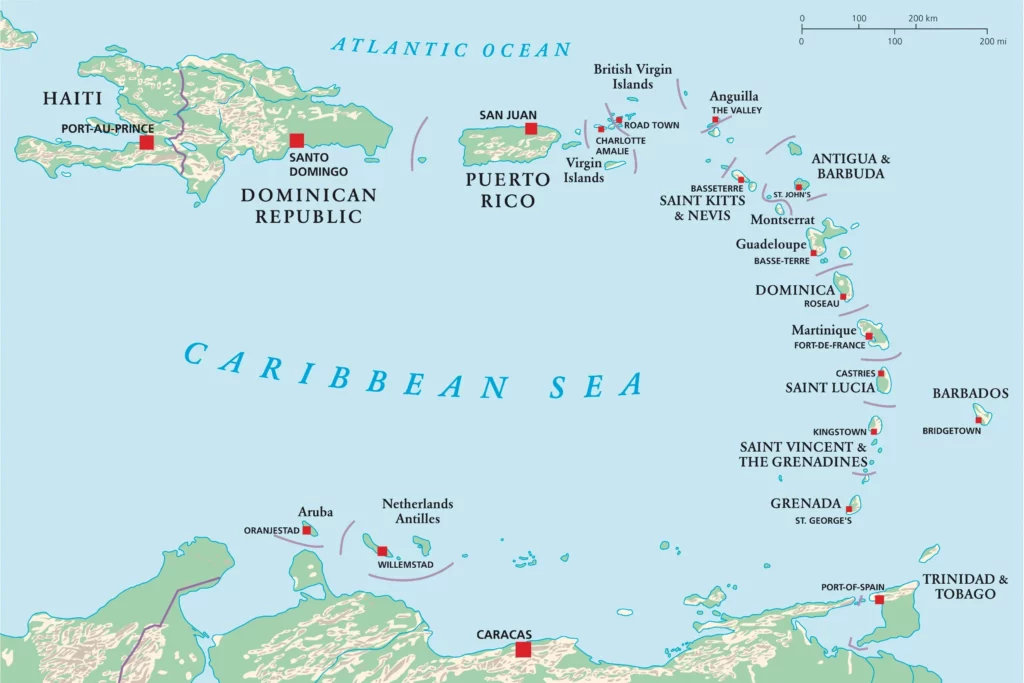
Want to study medicine abroad? Here’s a quick guide on what you need to know about programmes in different countries.
Becoming a doctor requires years of preparation and dedication, and tests one’s grit and patience. Yet, we have all witnessed students navigating this relentless journey, starting with the rigorous preparation for fiercely competitive entrance exams followed by the demanding medical degree programmes, residencies, and subsequent specialisations. More than 15 lakh Indian students apply for the roughly 80,000 MBBS seats in Indian medical colleges annually. According to the Association of American Medical Colleges (AAMC), there are around one million applications every year for the approximately 22,000 places in medical colleges in the U.S. So, for those passionate students looking for high-impact medical career, here is a guide on opportunities to study across the world.

The U.S.
Unlike in India, where you can start the MBBS degree right after high school, the first step in the U.S. is a four-year Bachelor’s degree called pre-med programme. The application is the standard undergraduate route through Common App or Coalition App. While there is no specific pre-med major required, it’s highly advised to major in subjects such as Biology, Chemistry, Biochemistry, or other related subjects. Also, it’s essential to maintain a high GPA and take courses that fulfil the prerequisites for medical school. During the junior or senior year of undergraduate studies, aspiring medical students must take the Medical College Admission Test (MCAT), a standardised exam that assesses knowledge of critical thinking, scientific concepts, and problem-solving skills.
After obtaining a competitive MCAT score, students apply to medical schools. Usually, the first two years focus on classroom-based learning, while the last two involve clinical rotations at hospitals and clinics. After this, aspiring doctors enter a residency in their chosen speciality, which can range from three to seven years depending on the specialisation. Residents work under the supervision of experienced doctors and gain hands-on experience. To practice medicine legally, all doctors must obtain a medical license in the state where they intend to work. Some doctors choose to pursue additional training through a fellowship in a sub-speciality after the residency.
Some colleges and universities offer combined Pre-Med and Medical programmes that provide a streamlined path, as one can save one or two years. However, this involves having a rigorous schedule and taking courses during the summer breaks as well. Students need to maintain a specific GPA and progress directly into the medical school without needing to take the MCAT. Brown University’s Programme in Liberal Medical Education (PLME) is one such. Admission to these programmes is highly competitive, and students are required to demonstrate exceptional academic achievements, strong extracurricular activities, and a genuine passion for medicine.

The U.K.
In the United Kingdom, students can apply for a maximum of four medical programmes through the UCAS. They will have to take the University Clinical Aptitude Test (UCAT) and the Biomedical Admissions Test (BMAT) for admission and get admission to a six-year MBBS or B.Sc. course. Multiple mini-interviews or panel interviews are part of the admissions process. After the MBBS, students must complete two years of mandatory supervised foundation training (F1 and F2) with the National Health Service (NHS) and a structured speciality training (ST1 and beyond) programme. Depending on the speciality chosen, this can last up to seven years. After the training, to attain recognition as a specialist, one may need to pass membership exams such as that of the Royal College of Surgeons (MRCS).

The EU
The European Union boasts of some competitive medical universities that offer leading English-language programmes and host international students such as the Charles University in Prague and the University of Pecs in Hungary. The process is very similar to that of India, with students getting admission to a five- or six-year medical programme after school through an entrance exam that is similar to the NEET. These rigorous programmes offer extensive hands-on experiences and are highly valued across the world.

The Caribbean
The Caribbean Islands host several medical schools that offer programmes for international students. However, not all have international accreditation. So, check if the college you are considering is recognised in India before you apply. One of the well-known institutes is St. George’s University in Grenada. Depending on the Class 12 marks, students are offered a five- or seven-year MD programme with an option to study the first year in India or the U.K. after which they can move to St. George’s to complete their medical programme. Following this, they will have to clear US-MLE exams and apply for clinical residency in the U.S.
The writer is Founder and CEO, Inomi Learning, a Gurugram-based career and college guidance firm. info@inomi.in
The original article was first published in ‘The Hindu’ on September 16th, 2023.
With inputs from Ankit Goyal, STEM counsellor at Inomi Learning.

Richa Dwivedi Saklani is a certified coach from UCLA and is an accredited MBTI trainer who has worked with over 10,000 people across career planning and as a behavioral trainer in companies. She is the CEO & Founder of Inomi Learning and author of “The Ultimate Guide to 21st Century Careers”.
